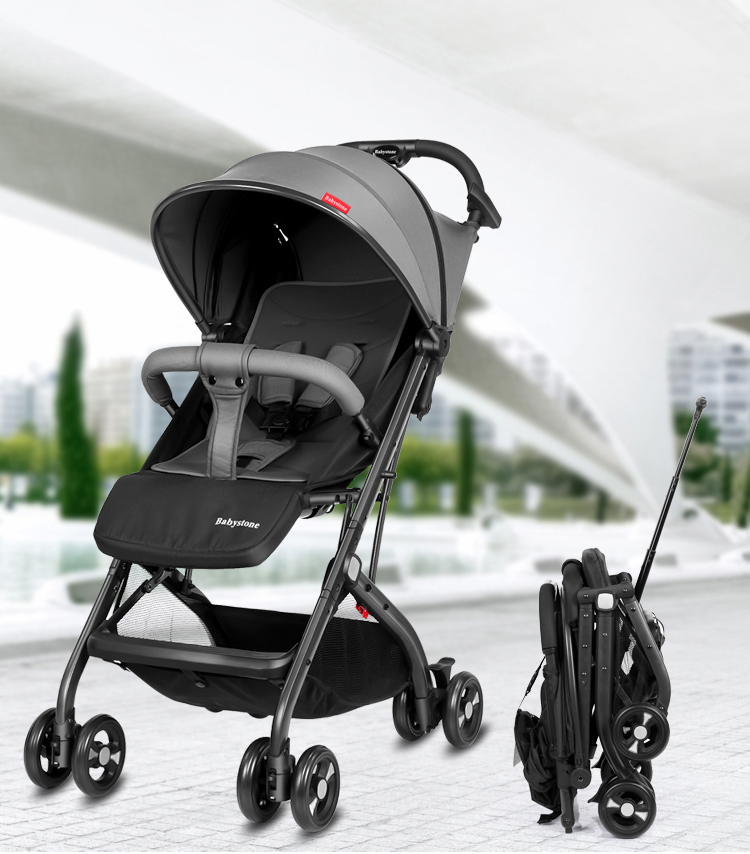Apr . 17, 2024 15:04
Back to list
Stroller Buying Guide
Latest news
-
The Ultimate Guide to LED Swing CarsNewsAug.15,2025
-
The Rise of Aesthetic Baby WalkersNewsAug.15,2025
-
Smart Car Remote Control Upgrades for Electric Ride-On CarsNewsAug.15,2025
-
Scooters for Kids: Top Kids Scooters for Safety and FunNewsAug.15,2025
-
Push to Power: The Evolution of Ride On Cars for KidsNewsAug.15,2025
-
Double Joy: A Mom's Essential Guide to Twin baby strollersNewsAug.15,2025

